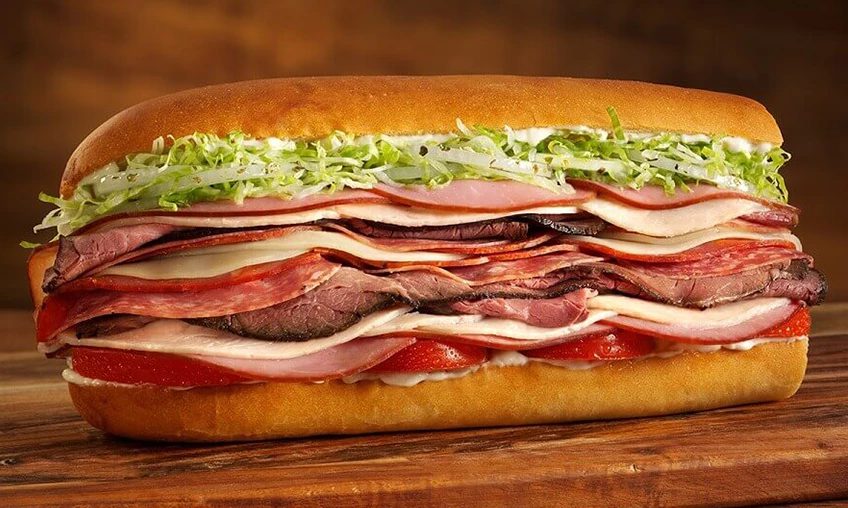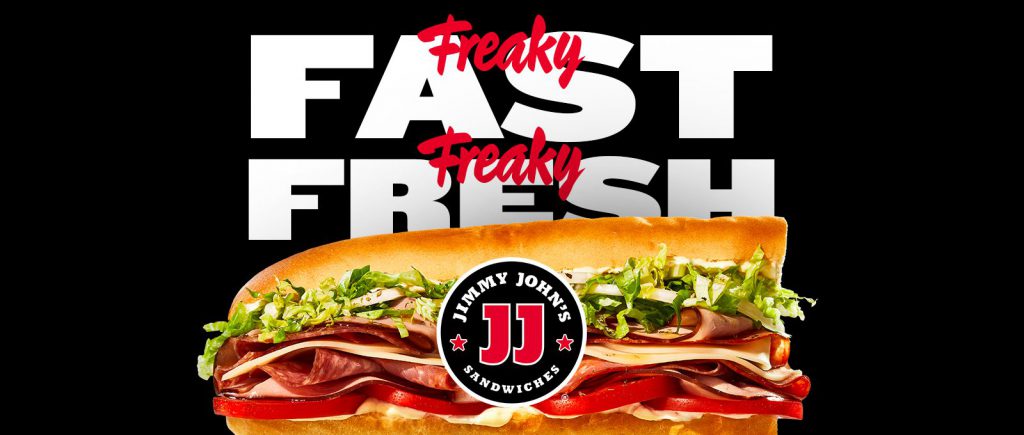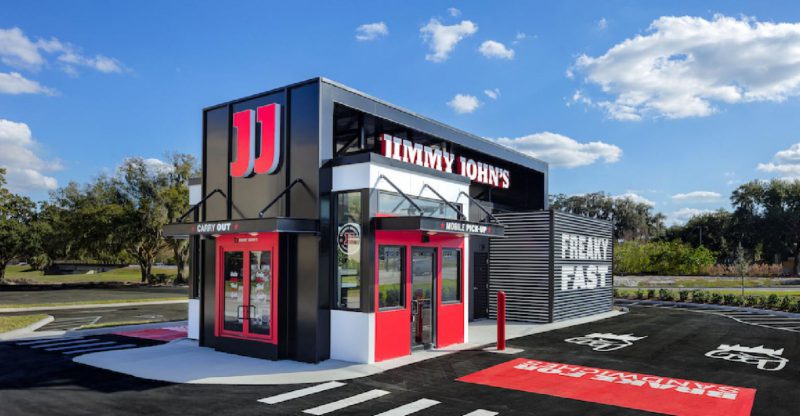In just 40 short years, a teenage college dropout has turned a humble sandwich shop into a 3,000-unit global empire. Jimmy John Liautaud launched his namesake brand in 1983 with a $25,000 loan from his father. Now private equity firm Inspire Brands counts Jimmy John’s among the billion-dollar holdings that also include Arby’s, Buffalo Wild Wings, and Sonic Drive-In. How did a cold sub-concept catapult to such meteoric success? And what goes on behind the scenes of its lightning-fast stores? Let’s explore how much it costs to buy and operate a Jimmy John’s franchise.
Becoming a Jimmy John’s Franchisee
Jimmy John’s seeks owners with substantial assets capable of handling the slim profit margins inherent to food services. The FDD mandates $200,000 in minimum liquid capital and a $1 million net worth. Other must-haves include multi-unit retail experience, strong P&L acumen, and the work ethic to withstand 70-hour weeks. Immersing yourself fully in restaurant operations remains non-negotiable.
The initial franchise fee clocks in at around $30,000. However, total startup costs vary wildly for revamping existing sites or ground-up builds. Jimmy John’s estimates total required investment between $356,000 and $674,000, encompassing real estate, equipment, signage, inventory, and three months of working capital.
Also read: How Much is a Crumbl Cookies Franchise?
Absent, however, is granular financial performance data. Like various brands under corporate parent Inspire, Jimmy John’s provides no average unit volumes or profitability metrics to inform franchisees whether multi-million sales mitigate the considerable capital risk.
Ongoing royalty and advertising fees deduct 6% and 4.5%, respectively, from weekly revenue transmitted to the corporation. Jimmy John’s also necessitates additional contributions should co-op marketing or “Brand Fund” initiatives launch in your territory, so extra hidden costs may lurk.


The Privilege and Burden of Speed
Jimmy John’s cemented itself as a category disruptor from Day 1 through freaky fast delivery when dine-in predominated sub-shops. Franchisees must embrace operational velocity, allowing lightning sandwich assembly. Complexity gets stripped to the bare essentials—no hot presses, soups, or salads slowing down service.
Indeed, speed and efficiency anchor Jimmy John’s business model and unique selling proposition. New store managers undergo 4-week apprenticeships to ingrain pace into muscle memory before the first customer walks through the doors. Maintaining a lightning pace remains non-negotiable.
Also Read: Dogecoin’s DOGE-1 Mission Cleared by NTIA
However, concerns percolate about whether corporations explicitly or implicitly pressure reckless hustle from owners and staff slinging sacks. Multiple lawsuits allege Jimmy John’s emphasis on rapid fulfillment—including home delivery in some cases—has cultivated dangerous driving habits resulting in customer injury or death. While such precedent-setting claims proved unsuccessful, they signal potential PR crises that franchisees may inherit when dealing with accident fallout.
Privately held and tight-lipped
Unlike various chains openly advertising average unit volumes and profit metrics, Inspire Brands keeps Jimmy John’s internal figures in mystery. The sparse financial disclosures within the FDD offer little visibility into how individual restaurants perform. Investors must largely take the company’s word that day-to-day economics pencil out.
That data vacuum forces prospects to lean heavily on conversations with incumbent franchisees about ground realities. However, tight corporate gag orders can limit transparency around operational challenges, conflicts, and long-run viability.


Given concepts like Jimmy John’s and Arby’s under corporate ownership lack public filings, scrutiny around executive compensation and expenditures of royalties likewise goes unanswered. Simply, less financial accountability flows without shareholder oversight.
Also Read: How Much is a Zaxby’s Franchise?
Before committing nearly $1 million as a franchisee, Inspire provides no safety net if assuming Jimmy John’s market niche, customer loyalty, or corporate good faith prove misplaced. Like any restaurant endeavor, success ultimately boils down to location and management.
The Bottom Line
In Jimmy John’s, Inspire Brands acquired a category maverick reddit unconventional yet effective. However, beneath youthfully brash marketing lies a regimented process fanatical about consistency, speed, and simplicity.
For owners buying in, significant capital requirements loom over inherently slim franchisee margins in Quick Service Restaurant (QSR) categories. Jimmy John’s offers no silver bullet guaranteeing financial outcomes for those locations lacking the infrastructure to crack seven figures.
So for adequately capitalized operators fixated on sub-sector exposure through a distinguished brand, Jimmy John’s warrants consideration alongside counterparts like Penn Station East Coast Subs or Jersey Mike’s. Just don’t expect inspirational insights into how locations fare. Corporate plays those cards close to the vest.





